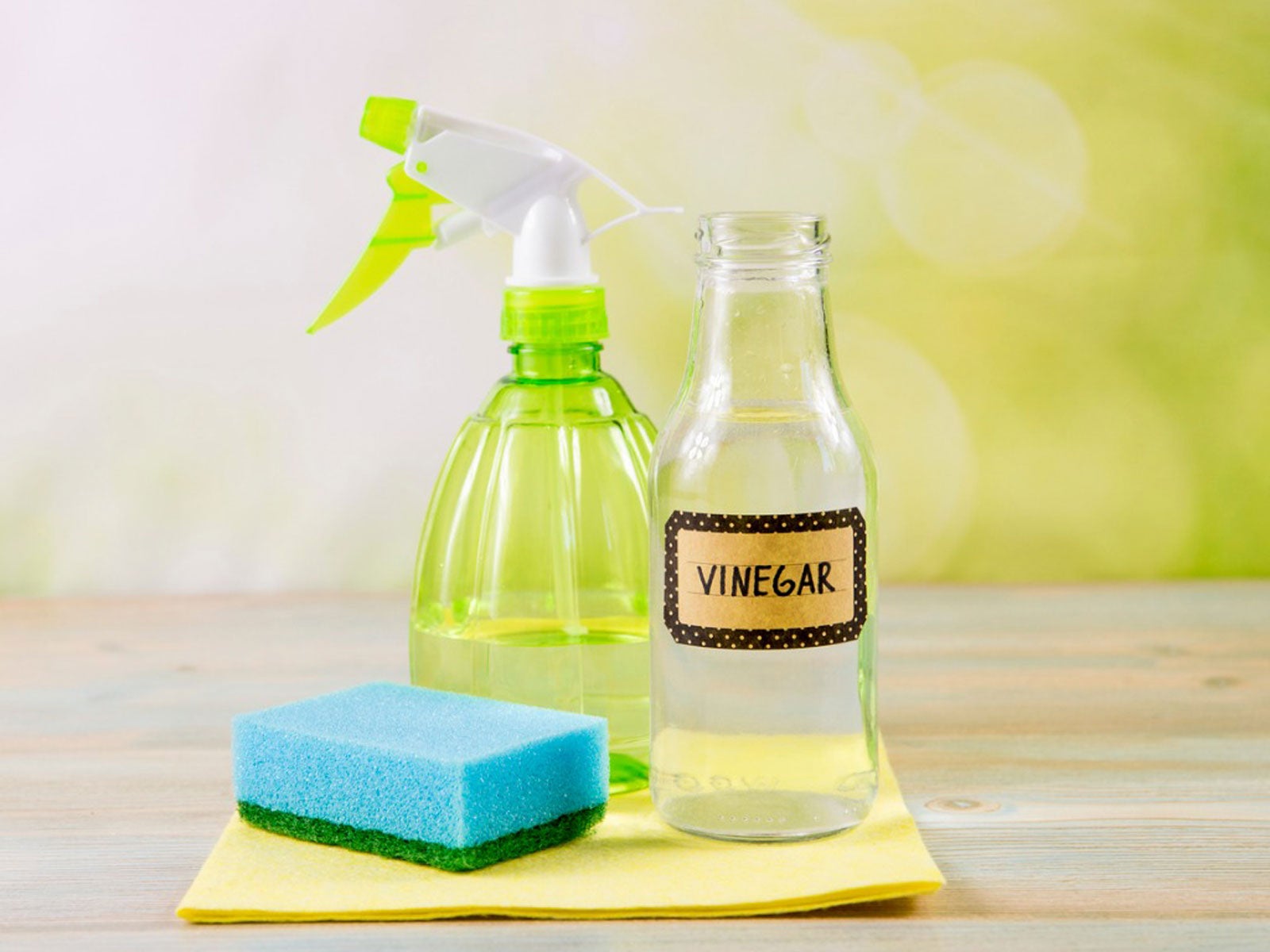Cleaning With Vinegar: Using Vinegar To Clean Pots In The Garden


After a few years or even months of regular use, flowerpots begin to look grungy. You may notice stains or mineral deposits and your pots may harbor mold, algae, or disease pathogens that can be unhealthy for plants.
Using Vinegar on Flowerpots
Ceramic and plastic pots are relatively easy to clean with dish soap, hot water, and a scrubber or old toothbrush, but terracotta pots with layers of crusty residue can be a challenge. Unfortunately, it’s common for terracotta containers to develop a very noticeable layer of unsightly mineral and salt deposits.
Although you can probably remove the crud with strong cleaning products and elbow grease, using vinegar to clean pots is an effective, environmentally friendly alternative to toxic chemicals. Your pots will look better and cleaning with vinegar will remove bacteria hiding on surfaces.
Cleaning Containers with Vinegar
If your terracotta pots are looking yucky, try cleaning with vinegar. Here’s how:
Use a scrub brush to remove loose dirt and debris. It’s easier to remove dirt with a brush if you let the dirt dry completely first.
Fill a sink or other container with a mixture of one part white vinegar to four or five parts hot water, then add a squeeze of liquid dish soap. If your pots are large, clean them outdoors in a bucket or plastic storage tote.
Let the pot(s) soak for at least an hour or overnight if the stains are severe. You can also use a stronger vinegar solution of half vinegar and half hot water, if necessary. If the residue is thickest on the rims of the flowerpot, fill a small container with pure vinegar, then turn the pot upside down and let the crusty rims soak. Finish the job by rinsing the pots thoroughly, then wipe them with a rag or scrub brush.
Gardening tips, videos, info and more delivered right to your inbox!
Sign up for the Gardening Know How newsletter today and receive a free copy of our e-book "How to Grow Delicious Tomatoes".
This is a good time to sanitize pots to remove stubborn disease pathogens. Rinse the pot to remove the vinegar, as the combination of vinegar and bleach can release chlorine gas. Immerse the pot in a solution of ten parts water to one part bleach and let it soak for around 30 minutes. (Rinse them well before planting, if reusing right away, as bleach may be harmful to plants.)
Place the clean pots in the sun to dry. Don’t stack terracotta pots when they’re damp, as they may crack. You can also sanitize cleaned pots by running them through the dishwasher. Store the pots in a dry, sheltered location until ready for planting next season.

A Credentialed Garden Writer, Mary H. Dyer was with Gardening Know How in the very beginning, publishing articles as early as 2007.